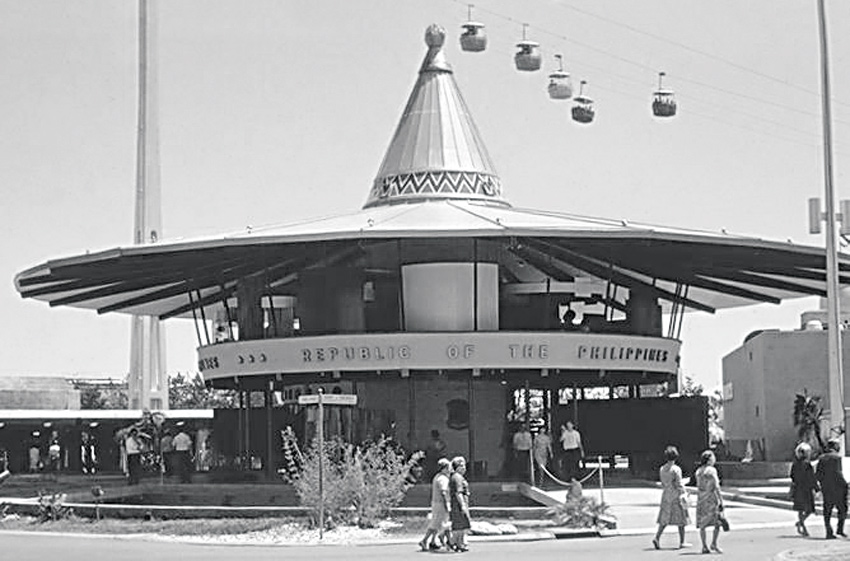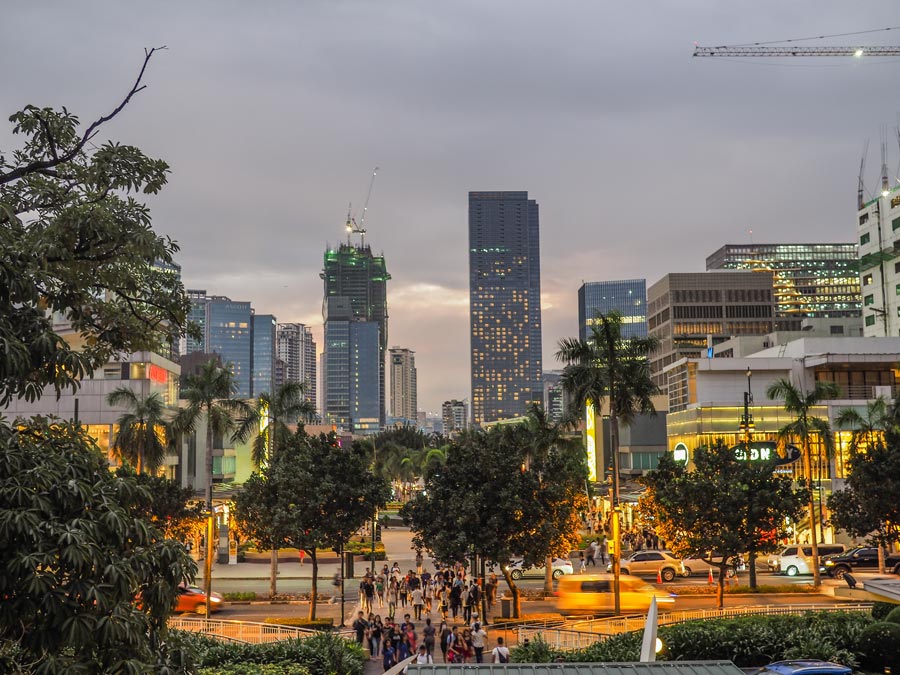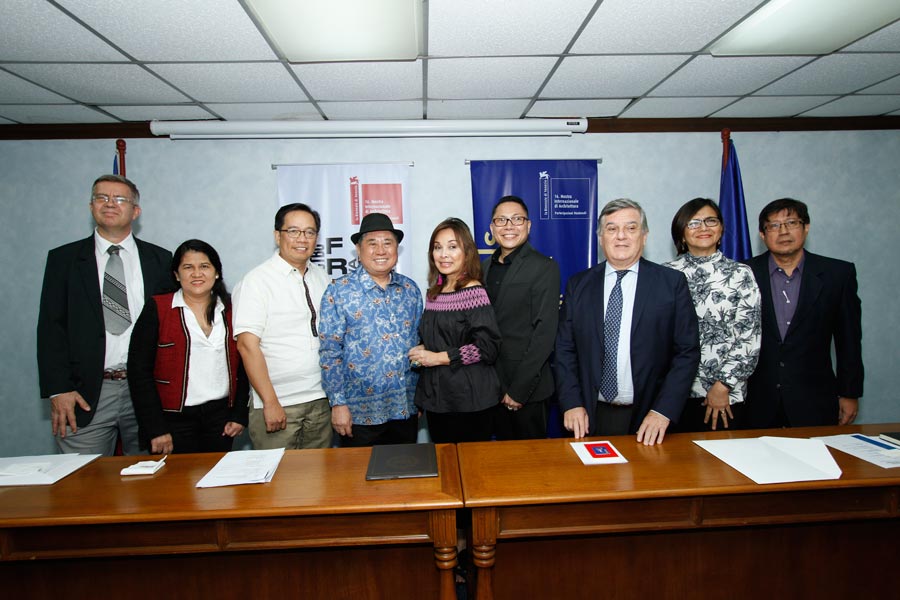
PH returns to Venice Biennale with The City Who Had Two Navels
“Presenting the contemporary Philippines to the world enriches the narrative of our country,” NCCA chairman Virgilio Almario opened today’s press conference for the country’s Venice Biennale 2018 pavilion. “Whether from the Global South or North, we ask: how do all humans negotiate a future in a world expanding through global forces strongly influencing our daily lives?”
Following the call for examining an idea of “Freespace” (“Pookginhawa” in the Philippine context) by the Venice Biennale 2018 curators, the Philippine Pavilion underscores the strategies by which Filipinos use the built environment as modes of resistance and appropriation to an ever- changing world.
The City Who Had Two Navels, curated by Edson Cabalfin, is a critical response to National Artist for Literature Nick Joaquin’s important literary work The Woman Who Had Two Navels and a celebration of his birth centennial. The pavilion highlights two “navels” that are in constant dialogue: first, how colonialism impacts the formation of the built environment; and second, how the process of neoliberalization alters the urban landscape.

The first “navel”, “(Post)Colonial Imaginations”, presents expositions and world’s fairs showcasing the Philippines during the colonial and post-colonial periods. Through images and artifacts, the first section looks at how Philippine displays in expositions reproduced colonial narratives of the exotic and the primitive. The first section of the pavilion presents the question: can we truly escape the colonial?
READ MORE: A primer on Muhon — Philippine architecture’s Venice debut

The second navel, “Neoliberal Urbanism” presents the development of Philippine cities as embedded within processes of neoliberalization. Under a neoliberal agenda, cities are placed in a hierarchy based on their ability to compete for capital following principles of privatization, deregulation, free trade, and minimal state intervention.
By exposing contemporary issues in Philippine cities, the pavilion poses the question: is neoliberalization a new form of colonialism?
In the central part of the exhibition, a video installation explores the intersection of the two forces of colonialism and neoliberalism. The juncture of these two “navels” represents an emergent wave of postcolonial anxieties born out of the process of exiting the colonial condition.
“We have the agency to respond to these forces, to challenge them. I don’t propose my own way of doing things, because I feel that would be another form of colonization. Instead, I allow the pavilion collaborators to form their own responses. Filipinos are creative, resilient, quick to adapt, and, more importantly, we can choose to actively change,” explained Cabalfin.

A think-tank consortium was created comprising students and faculty from selected architecture, design, and planning programs in the Philippines: (1) Yason Banal, contemporary artist and filmmaker; (2) TAO (Technical Assistance Organization) Pilipinas, Inc., a women-led, non- government organization that assists urban and rural poor communities; (3) De La Salle – College of Saint Benilde; (4) University of San Carlos – School of Architecture, Fine Arts and Design; (5) University of the Philippines Diliman, College of Architecture; and (6) University of the Philippines Mindanao, Department of Architecture.

University of San Carlos; Jean Marie Villamor-Juanga, UP Mindanao; Assistant Secretary Leo M. Herrera-Lim, DFA; Pavilion Commissioner and NCCA Chairman Virgilio S. Almario; Senator Loren Legarda; Italian Ambassador Giorgio Guglielmino; Cynthia Funk, De La Salle – College of Saint Benilde; Armin Sarthou, Jr., UP Diliman
“Persistence and creativity is the name of the game,” Senator Loren Legarda said of their first attempt return to the Venice Biennale after 51 long years of absence. “To actually being able to do so despite the challenges that almost had us giving up…Imagine if we had not pushed through, if we let the hurdles get the better of us, then we would not be here today.”
“Despite the troubling times worldwide, culture is there to converse with all nations,” the senator added. ![]()


